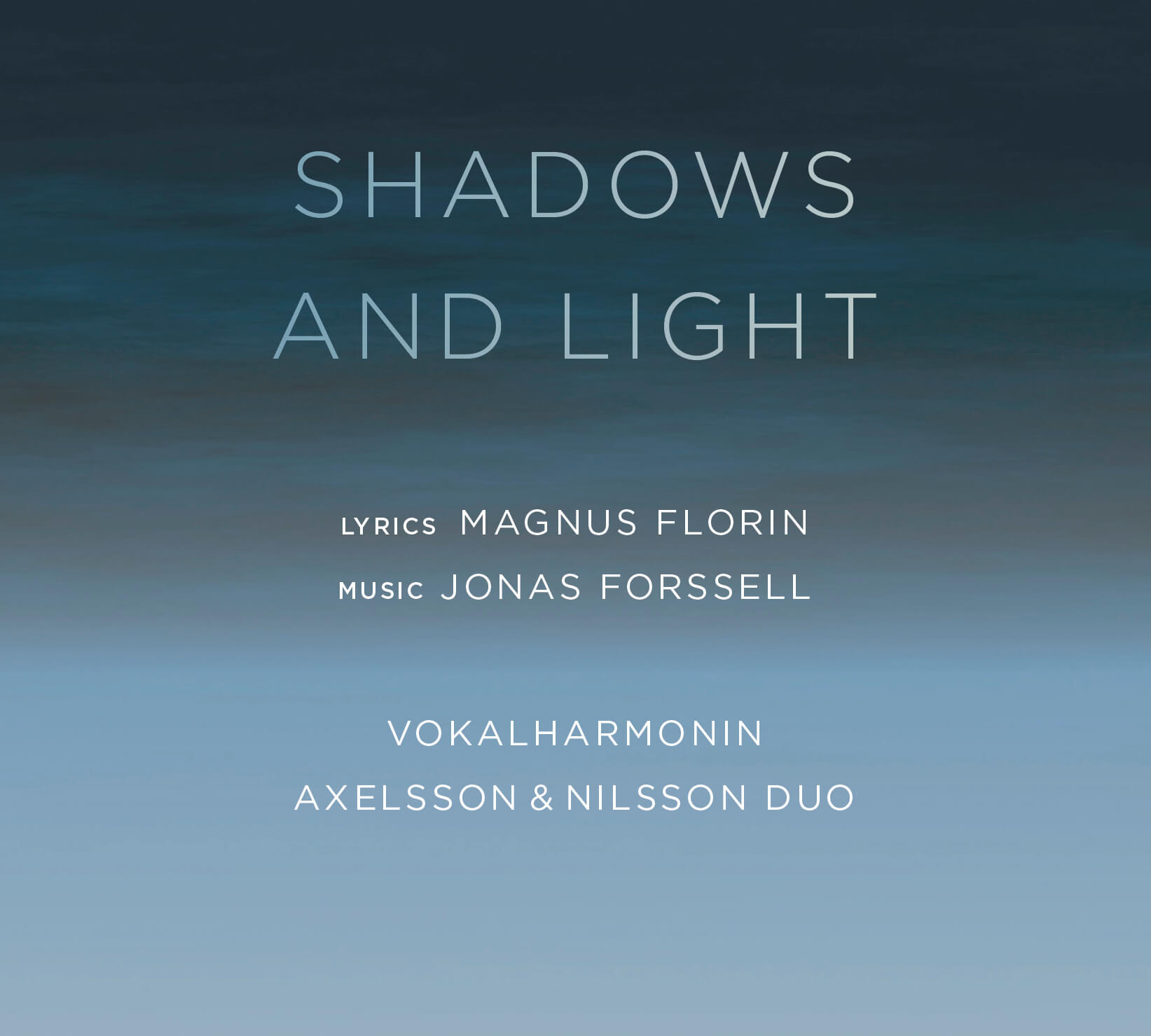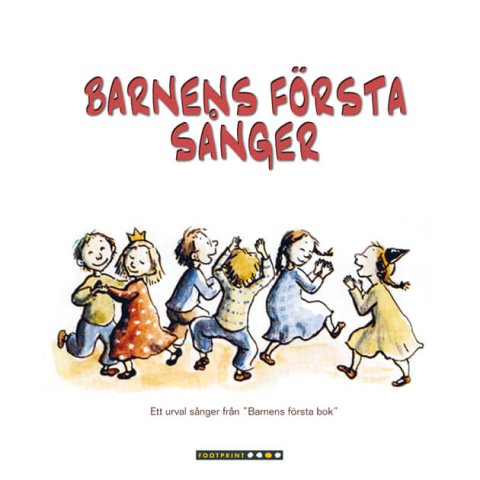Early morning I
You little lump of clay
From the mainland
Eram quasi agnus
Early morning II
On an island you’re safe
Many leaves
Animam meam
The shadow of a hand
The shore I
With every passing second
Aestimus sum
No heartbeat
The shore II
Mother, father, sister, brother
The Latin word tenebrae literally means “darkness”, but it can also be interpreted as “gloom”, “unclearness”, “a state of sadness”, or even “shadow of death”. It is also the name of a religious service, a series of readings recited and chanted during the solemn part of the Holy Week, Maundy Thursday, Good Friday, and Holy Saturday, when mass is not celebrated. These readings depict the Passion – from the Latin passio, “suffering” – a reference to the suffering and subsequent death of Jesus Christ from the kiss of Judas and the arrest of Christ in the garden of Gethsemane, the Via Dolorosa, the crucifixion, death and burial in the tomb. The Latin names of these days are Feria Quinta (with the addition of In Coena Domini, “The First Communion”, “The Last Supper”), Feria Sexta (along with In Parasceve, “The Preparation”) and Sabbato Sancto.
During the Late Renaissance period, madrigal masters created purely vocal “madrigal operas” using these texts. A few, such as Carlo Gesualdo and Claudio Monteverdi, I came across, along with the “proto-opera”, the first opera-like pieces created in the turn of the century period around 1600, while I was working on music for Lars Norén’s first major play Fursteslickaren from 1973 for Uppsala City Theatre in 1992, directed by Christian Tomner. The music was written for five voices, thus making a madrigal ensemble. I set some of Norén’s words to music of my own and to music of these masters from the same age as the events in the play. But I also encountered the Tenebrae, and the thought that I would compose a contemporary version was born. For 20 years I dreamed of fulfilling this piece, using these fragments of theatrical music in a musical drama created for a vocal ensemble, in a sense a contemporary and profane madrigal.
The piece evolved into Skuggorna och Ljusen / Shadows and Light, the first version of which was written for and performed by the VOX Vocal Quartet from Gothenburg in 2012, an ensemble I had heard at the ISCM festival in Visby back in 2009, and Axelsson & Nilsson Duo (percussion and trombone). The lyrics were written by the author and dramaturg Magnus Florin, with whom I have collaborated twice before, for the operas Trädgården?/?The Garden in 1999 (inspired by his eponymous book about Carl von Linné) and Hemligheter?/?Secrets in 2011, about Linné’s contemporary Emanuel Swedenborg. The text has its own, rather dramatic story. We discussed possible subject matters, modernisation, singability and sales potential, but when we were rapidly approaching “the moment of no return” events took place that radically changed our course. Magnus wrote the following in an email on July 24, 2011:
… now everything is overshadowed by Utøya. The number of dead that keeps on rising, the survivors sharing their stories. After these days, the thought has been growing inside me that it is a viable perspective for writing. And adapt it to the Tenebrae format of threes, of trinity – days, hours, prayers. I’m sure there are many potential tricky spots, but the subject matter is grand in scale and easy to relate to. If we proceed, I would like to find support in John Donne’s “No man is an island”, which has the light we want to include as well. What do you think?
I felt the same way and that’s what we did. The trinity pattern is repeated in countless ways. The tragedy on Utøya island in Norway where 69 young lives were snuffed out took place on the 22nd of July, which was a Friday – a Friday of suffering. Magnus’ soaring yet spare poetry is presented as three days where each day begins with sunrise and concludes at sundown, and where each day is divided into three portions that correspond to the three nocturnes of the Tenebrae, and where every part is in three lines, like the three responsories in each nocturne. Musically, I treat each part more like a response, while Good Friday is twice as long as the other days.
Interfolied between days, and in the middle of the Good Friday portion, are “original responsories”, three in number here too, from each of the solemn week days. Between days one and two, Eram quasi agnus innocens (“I was like an innocent lamb” – Feria Quinta’s 7th responsory) from Orlando di Lasso’s four-part cycle, dating back to approximately 1582. In the middle of the long second day, Don Carlo Gesualdo di Venosa’s six-part Animam meam dilectam tradidi in manus iniquorum (“I delivered the soul I loved into the hands of the wicked” – Feria Sexta’s sixth responsory) from 1611; and before the final day, the Spanish student of Palestrina Tomás Luis de Victoria’s Aestimatus sum cum descentibus in lacum (“I am counted among those that go down to the depths” – Sabbato Sancto’s eighth responsory) from 1585. The responsories are all about the anguish a vulnerable person facing death experiences, without being tied to any specific time, place or person.
The creative process of this piece has also been carefully documented in my PhD thesis Textens transfigurationer?/?The Transfigurations of the Text, which was presented at Lund University and Stockholm University of the Arts in October 2015. Later, when the piece encountered the choir Vokalharmonin, now as a second revision with five-part vocals, it was once again accompanied by percussionist Jonny Axelsson and trombonist Ivo Nilsson. Magnus Florin and I listened to the first version to discuss what could be or should be changed, and both of us were amazingly in accord when it came to being satisfied with what we had created., but we agreed to implement a suggestion I had about a specific spot that did not fully measure up. At the very centre of the piece – which is also its turning point – when the 69 fatal shots are fired, an additional vocal “turn” was needed prior to the transition to the Gesualdo madrigal. So, a small section, composed to fit the version for five voices was added, along with a few other changes and quite a lot of tweaking with regard to nuances and harmonies proposed by the conductor Fredrik Malmberg.
The piece was dedicated to my mother, Kerstin Forssell, who passed away in her home in the early hours of February 4, 2012 while I was busy working on the segment where the church bells all across Scandinavia were tolling to the words “Mother, father, sister, brother?/?Talk with each other?/?or are silent, alone?/?The shoveller watches them.”
Jonas Forssell
Recorded 26–28 August 2015 in the Studio Theatre at the University College of Opera, Stockholm
Recording and Sound Design Per Sjösten?www.sound.se
producer Gunnar Andersson







